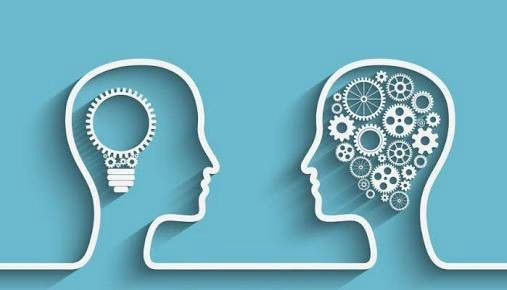By Shravankumar Parunandula — Data Scientist | AI Researcher | Builder of Practical Intelligence
Subscribe for more on AI, ML, Deep Learning, and Real-World Deployment Strategies.
🔍 Why Do Models Really Matter?
It’s easy to get caught in the buzz of ever-growing model sizes, benchmarking leaderboards, and the newest paper releases. But underneath all the tooling, the frameworks, and the jargon — there lies one timeless question that governs machine learning and deep learning:
Can this model generalize well to unseen data?
This — not accuracy on training data, not the complexity of architecture, and not GPU usage — is the true north of machine learning. Everything else is a means to this end.
🎯 What Is Generalization?
Generalization is a model’s ability to make correct predictions on data it has never seen before. In practical terms, it means your model isn’t just memorizing the training dataset — it’s learning the underlying structure of the problem.
In ML terms, we assume data comes from some unknown probability distribution ( P(X, Y) ). Our job is to learn a function ( f: X \rightarrow Y ) such that it performs well not only on the observed samples, but also on new samples from the same distribution.
A deep learning model with 10 million parameters can learn to “cheat” the dataset — unless you force it to learn patterns, not pixels.
⚖️ The Balance: Bias vs Variance
One of the foundational concepts that shapes generalization is the bias-variance trade-off:
High bias (underfitting): Model is too simple. It cannot capture the complexity of data.
High variance (overfitting): Model is too complex. It memorizes training data and fails to generalize.
The best models strike a balance: they are expressive enough to model the real world, yet regularized enough to avoid overfitting.
⚙️ Loss, Optimization, and Representation Learning
You can’t talk about learning without talking about loss functions and optimization:
The loss function is your contract with the model — it tells it what to care about.
Optimization algorithms (like SGD, Adam) use gradient descent to minimize this loss.
In deep learning, we go one step further — models learn features automatically. These internal representations are what make CNNs excel in vision, RNNs in sequence modeling, and Transformers in language understanding.
🔒 Regularization: Guardrails for Learning
To help models generalize, we use regularization techniques like:
Dropout
Weight decay
Data augmentation
Early stopping
Batch normalization
Transfer learning
Each technique is a way to prevent overfitting and make sure our model captures signal, not noise.
🧪 Evaluation: How You Measure Matters
You can’t improve what you don’t measure — and poor evaluation can mislead you into thinking your model is “working” when it’s not.
Always validate using:
A proper train/val/test split
Cross-validation (especially for small datasets)
Task-specific metrics like IoU, F1-score, AUC, etc.
Remember: high training accuracy is not the goal. Reliable performance on new, real-world data is.
💡 Takeaway: Generalization Is the Game
Whether you’re training a ResNet, a BERT model, or building your own transformer from scratch — the goal is always the same:
Learn patterns that transfer beyond the training dataset.
If you’re an engineer or a researcher, everything you do — from data collection to model tuning to deployment — should be evaluated through this lens.
👣 What’s Next?
In future posts, we’ll dig deeper into:
Practical methods to measure and improve generalization
Diagnosing overfitting vs underfitting in real projects
Using pretraining and transfer learning to boost generalization on small datasets
If you found this valuable, subscribe and share. Let’s build better AI — not just more AI.
Shravankumar Parunandula


